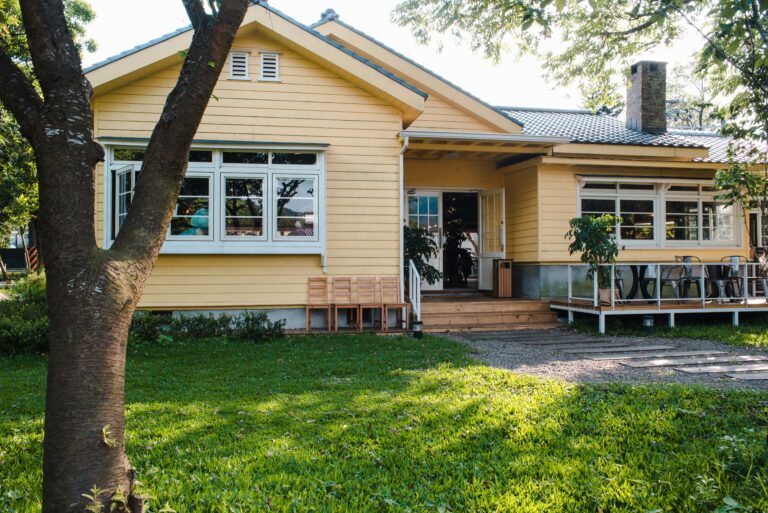For decades, Australia’s population and economic activity have been heavily concentrated in its major capital cities. However, in 2025, a noticeable shift is occurring as regional towns across the country experience a period of transformation, driven by a confluence of factors including technological advancements, lifestyle preferences, and strategic government initiatives.
The Pull Factors: Lifestyle, Affordability, and Community
A significant driver of this regional resurgence is the increasing appeal of a lifestyle that offers a slower pace, greater connection to nature, and a stronger sense of community compared to the often-hectic urban environment. The relative affordability of housing in many regional areas, particularly in contrast to soaring property prices in major cities, is also attracting individuals and families seeking a more sustainable cost of living.
Furthermore, the COVID-19 pandemic highlighted the viability of remote work for many professionals, allowing them to relocate to regional areas without compromising their careers. This influx of new residents is bringing diverse skills and perspectives to these communities, contributing to their economic and social vibrancy.
Technological Connectivity: Bridging the Urban-Rural Divide
Improved digital connectivity is a crucial enabler of this regional transformation. The ongoing rollout of the National Broadband Network (NBN) is providing more regional towns with access to high-speed internet, facilitating remote work, online education, and access to digital services that were previously limited. This enhanced connectivity is making regional living a more viable and attractive option for a wider range of people.
However, challenges remain in ensuring consistent and reliable internet access across all regional areas, particularly in more remote locations. Continued investment in infrastructure and innovative solutions are necessary to fully bridge the digital divide.
Economic Diversification and New Opportunities
Traditionally reliant on primary industries like agriculture and mining, many regional towns are actively diversifying their economies. The growth of tourism, fueled by the unique natural and cultural attractions of regional Australia, is creating new employment opportunities. The influx of skilled professionals is also fostering the growth of small businesses and entrepreneurial ventures in various sectors.
Furthermore, government initiatives aimed at supporting regional development, such as grants for infrastructure projects and incentives for businesses to relocate or expand in regional areas, are playing a vital role in stimulating economic growth and creating sustainable employment.
Preserving Identity and Managing Growth
As regional towns experience population growth and economic diversification, it is crucial to preserve their unique character and sense of identity. Careful planning and community engagement are necessary to manage growth in a sustainable way, ensuring that new developments complement the existing environment and infrastructure.
Balancing the benefits of economic growth with the preservation of natural landscapes and cultural heritage is a key challenge for regional communities as they navigate this period of transformation.
External Reference: The Regional Australia Institute provides research and analysis on the challenges and opportunities facing regional Australia: https://www.regionalaustralia.org.au/




